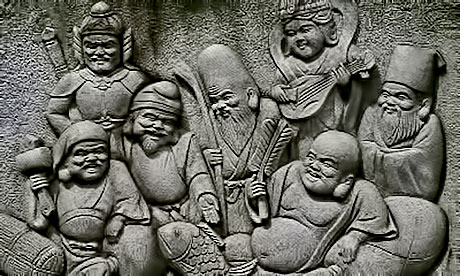As Tokyo’s governor takes to the media to talk about the wickedness of the Japanese people, religious groups in the country do the hard work of caring for the suffering.
Scenes of destruction and human suffering in Japan have elicited worldwide support—both material and spiritual. But amid global calls for prayer and other religious responses, the most widely publicized religious response to the nation’s worst disaster since the Second World War comes from within Japan itself—a series of comments made by 79-year-old Tokyo Governor, Shintaro Ishihara.
Ishihara, a prize-winning novelist, stage and screen actor, and a populist hero of the Japanese right, has gained notoriety for his willingness to court controversy, but his take on the tragedy in northeastern Japan offended even his staunchest supporters. On March 14, just three days into the crisis, Ishihara told reporters that he saw the tsunami as “divine punishment,” or tenbatsu, a term usually employed in Japanese to describe a righteous and inevitable punishment of the wicked. For Ishihara, the tsunami produced by Japan’s largest-ever recorded earthquake was a means of washing away the “egoism” (gayoku in Japanese) afflicting the Japanese people.
While the Tokyo Governor said that he felt sorry for the victims, he concluded that “We need a tsunami to wipe out egoism, which has rusted onto the mentality of Japanese over a long period of time.”
Read the full essay: Tokyo Governor Says Tsunami is Divine Punishment—Religious Groups Ignore Him
